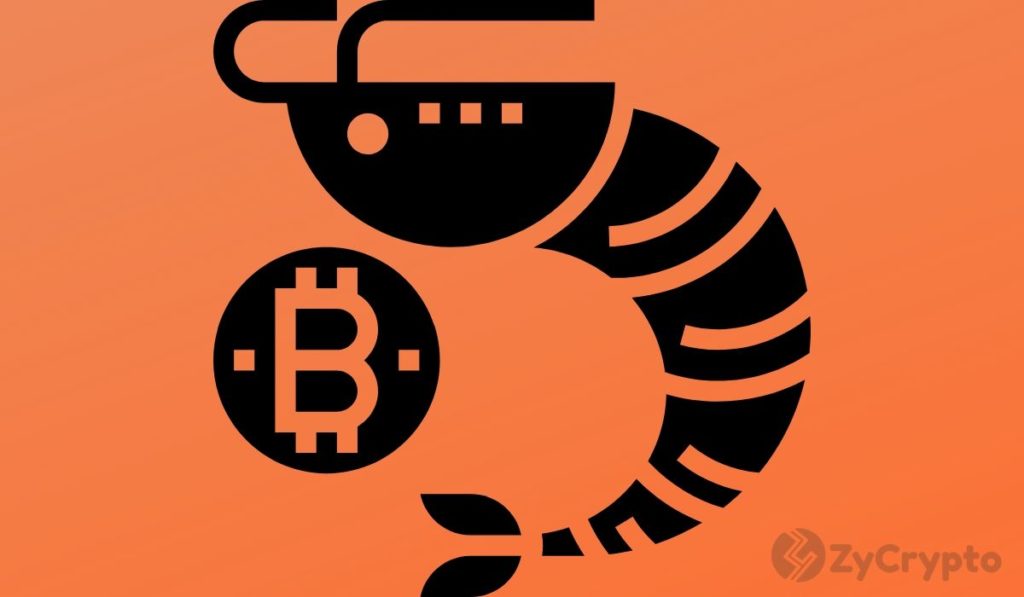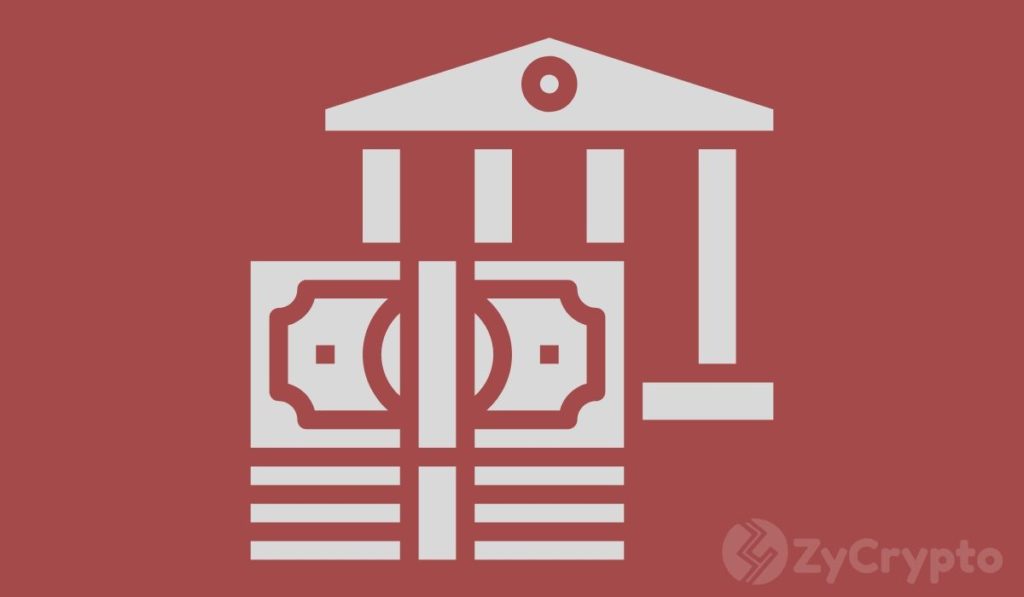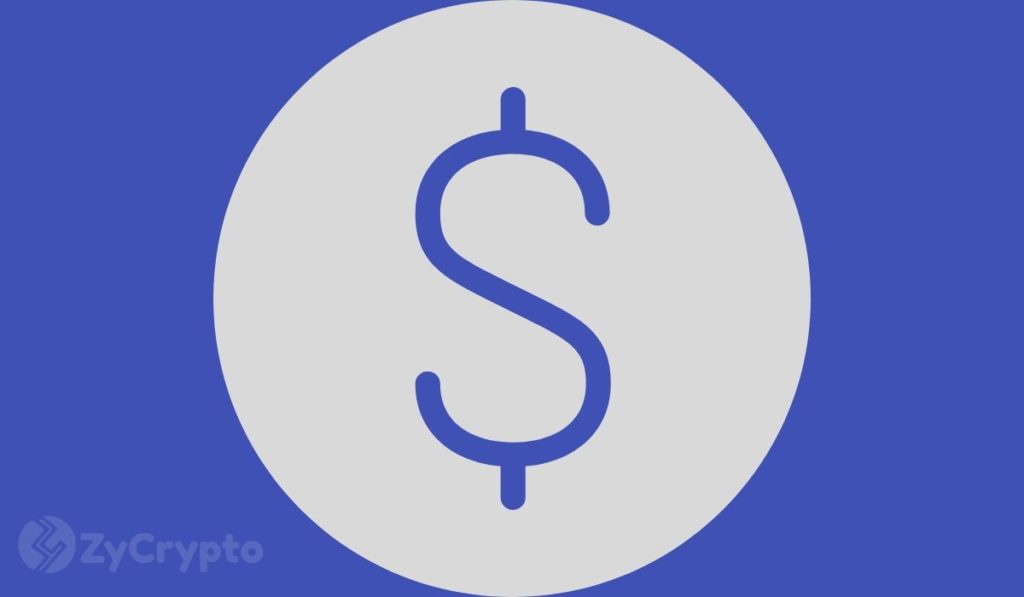2021-6-11 21:23 |
As cryptocurrencies begin to cement themselves into the wider financial system thanks to growing interest from previously wary institutional investors and blockchain technology’s increasing integration into our everyday lives, the way is being gradually paved for a world where all money and financial products are digital. The driving force behind the ultimate shift will undoubtedly be decentralised finance (DeFi), which is slowly but surely making the transition from conceptual technology to commercial use. Stablecoins will certainly play a pivotal role in this space as their inherent stability make them far more suited for such applications. Indeed, apart from private projects like Tether and Paxos, global central banks are all working overtime to roll out their own CBDCs (Central Bank Digital Currencies) in order to meet popular demand for low-volatility cryptocurrencies. With 2021 touted as the year of DeFi, we can expect to see even more integration of this technology. That can only be good news for the cryptocurrency whose architecture makes it all possible: Ethereum.
So, what is DeFi anyway?DeFi just stands for decentralised finance. It basically does what it says on the tin. It takes away the need for intermediaries in a range of financial transactions and agreements. Using the same blockchain technology central to cryptocurrencies, two parties can enter an agreement with a virtually unlimited number of variables and stipulations. There’s no need for a third-party enforcer or middleman as the technology itself creates a smart contract that’s essentially self-fulfilling. For example, imagine you want to agree to pay someone 5 ETH if they perform a certain task for you. Your 5 ETH will be earmarked, and as soon as the other party delivers on their end of the bargain, the money will be immediately paid to them over the blockchain. This means both parties have total peace of mind that the other will make good on their promise and, best of all, there are no hefty fees to pay for this security. The potential applications go way beyond simple sale/purchase contracts, though, ranging all the way from personal loans to lease-hire agreements, crowdfunding and even prediction markets.
The role of EthereumThe Ethereum blockchain and DeFi go hand in hand. Indeed, it’s hard to imagine how DeFi could have developed without it. This is because the Ethereum network is inherently easier to use and lends itself to creating other types of decentralised applications beyond standard transactions. In fact, the number two digital currency’s creator Vitalik Buterin alluded to such uses as early as 2013 in his original Ethereum white paper. As we’ve already touched upon, the smart contract architecture makes this all possible. It’s hoped that the advent of Ethereum 2.0 will improve the scalability of such applications, with a view to popularising them even further. With a sharp uptick predicted in DeFi this year, we can also expect newer applications to be more user-friendly than earlier versions that primarily focused on the tech side and neglected the UI/UX aspect. Despite the crucial role the Ethereum network plays for DeFi, it’s also worth noting that other platforms like Polkadot are similarly well-suited to host DeFi solutions, a trend that may just start to emerge before 2021 is out.
What does this mean for prices?If we compare ETH with BTC, we see that the original cryptocurrency has lost over 40% from recent highs, while Ethereum has only declined a shade over 35%. And though the current correction may likely only be short-lived, this difference in the extent of losses is statistically significant. Many analysts attribute this to Ethereum’s integral role in DeFi applications. Looking at the three-month ETH chart below (taken from the StormGain crypto trading platform), we can see a period of consolidation signaling that a break back to the upside is likely:
As we can see, since the initial correction in late May, Ethereum is seeing both higher troughs as well as peaks, which would suggest that a new uptrend is establishing itself. This is likely attributable to ETH’s utility beyond its use as a cryptocurrency. With the launch of the Ethereum 2.0 network, DeFi applications will be even more easily scalable, driving demand for the native coin and thus pushing prices up further.
If we look at the same time frame for major DeFi altcoin Polkadot, we see a similar pattern emerge:
Once again, the asset is clearly readying itself for another charge as a nascent uptrend can be seen beginning in late May. As with most altcoins, the potential upside is much higher for Polkadot as it enjoys significantly higher volatility due to its more niche status compared to ETH. While this means it can be harder to find brokers that offer it, one reliable, low-commission platform that supports both Ethereum and Polkadot is StormGain. Of course, this kind of investment is only for those with a larger appetite for risk, but the potential rewards are certainly very lucrative.
But where do stablecoins come in?Stablecoins play an absolutely pivotal role in cryptocurrency trading as low volatility coins that can be used as an effective store of value for both profits made and money that you would like to invest once a suitable opportunity presents itself. However, apart from that, they are absolutely indispensable when it comes to DeFi. Legacy cryptocurrencies are great ways to make money trading and investing, but the same intense volatility that makes them so lucrative means they’re highly unsuitable for traditional deferred financial operations like long-term loans and delayed payments. Think about it: people don’t want to be expecting to receive $10,000 (2.5 ETH in May this year) in 2 months’ time only to end up with $6,300 (the current value of 2.5 ETH). That’s why stablecoins will be central to mitigating the concerns of more risk-averse users as the industry develops. For instance, as a forward-thinking cryptocurrency broker, StormGain offers its clients highly attractive interest (up to 12% APR) on any digital deposits held on its platform. This could represent a very lucrative investment prospect for anybody who would like to get into digital currencies but is worried about the huge price swings common in this asset class.
We’ve only just begunWhatever you think about cryptocurrencies, there’s no longer any denying that they’ll be an inevitable part of our day-to-day lives in the future. For most of us, this is likely to take the form of DeFi technology and stablecoins/CBDCs. It might seem a bit daunting at first, but the advantages in terms of lower finance and transaction costs will make us wonder how we ever managed before. Meanwhile, it would be a wise decision to get some experience using stablecoins, either as part of an active crypto trading and investing programme or as a low-risk, interest-earning holding with a broker like StormGain offering attractive deposit schemes for users. The new age of finance is coming, with DeFi and stablecoins at the very heart of it. So get to grips with them now, and you’ll be ideally placed to reap all the benefits of this paradigm shift when it eventually comes!
origin »Formosa Financial (FMF) на Currencies.ru
|
|





















